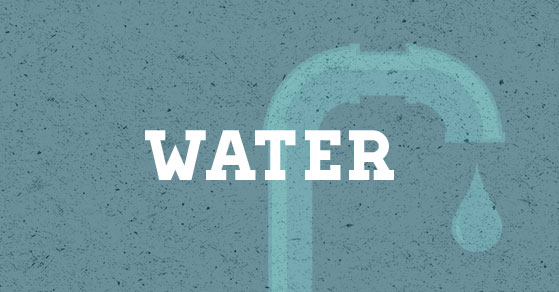The Unitarian Universalist Service Committee advances human rights through grassroots collaborations.
Passionate Advocacy for a Basic Human Right

September 18, 2012
The following blog post was written by Maria Herrera, community advocacy director of the Community Water Center, a UUSC partner in California.
As we drove through Tulare County in California with a car full of community partners on the morning of August 29 to make the final push for A.B. 685, California’s human-right-to-water bill, we were listening to a live broadcast of the floor discussion for the final assembly concurrence vote. Our minds raced with questions. Would we succeed in overcoming powerful interests to win the majority vote, or would our communities end up with another raw deal? And who would stand with our communities in support of our bill? And perhaps most important of all, would our local legislators vote for this measure that is so critical for the many communities without safe water in our region? As we made last-minute calls to our elected officials, reiterating the importance of this bill and demanding their public support for the many impacted communities in their districts, one thing was clear in our minds: we would not accept a no vote, especially from those legislators who know the problem so well! It was now or never.
With allies throughout the state, across the nation, and even overseas watching this long-awaited, historic vote, I wondered how many others were experiencing the same desire and anxiety that we felt in those final moments. And I wondered if those who have opposed this bill so vigorously for so many years were watching in disbelief that a small group of dedicated individuals, unwilling to remain silent and accept defeat, had made it this far.
But as legislators took the floor and began to speak in favor of A.B. 685, my fears evaporated. I knew we had achieved victory! As we listened to one floor speaker after another voice support for the human right to water in California, their words evoked memories of the last five years, replaying images in my mind of the efforts of the many community leaders that have brought us to this point. Mothers, grandfathers, high-school students, field workers, house cleaners, and caretakers, drawn together by a shared commitment to improve access to safe drinking water in their communities, and their many trips to the state capitol, the water justice community tours, the open-house events, the agency hearings, the night meetings — these were all brought to life by the words of our elected officials.
For those of us in the car, it was clear that our work had made a difference, that after more than four years of passionate advocacy to demand such a basic service, we were no longer the invisible, forgotten communities of California. Legislators from all over the state were telling our stories, on the floor of the assembly, in Sacramento, where decisions are made for the entire state to see and hear.
Assemblymember Mike Eng, the bill’s author, said in his closing remarks that the time has come to revisit California’s hundred-year-old water policy. In a moment of painfully honest self-reflection, he labeled California’s water “an international disgrace,” recalling that Catarina de Albuquerque, the United Nations special rapporteur on the human right to safe drinking water and sanitation, visited California in 2011.
As Eng spoke, I thought of my own family living in Seville, of my father laboring in the fields during the day and coming home in the evenings to Global South infrastructure and contaminated tap water. This issue is personal for me, just as it is for all of the amazing community residents with whom I have had the privilege to partner.
As the legislators concluded their floor statements and the aye votes tallied up to carry the day, I knew in my heart that A.B. 685 really is the right vehicle to bring positive change to California communities, because this legislation has developed from the ground up, as all public policies should! A.B. 685’s passage is a victory, not just for those communities currently struggling to access safe water but also for all Californians at risk of contaminated drinking water, now or in the future.

